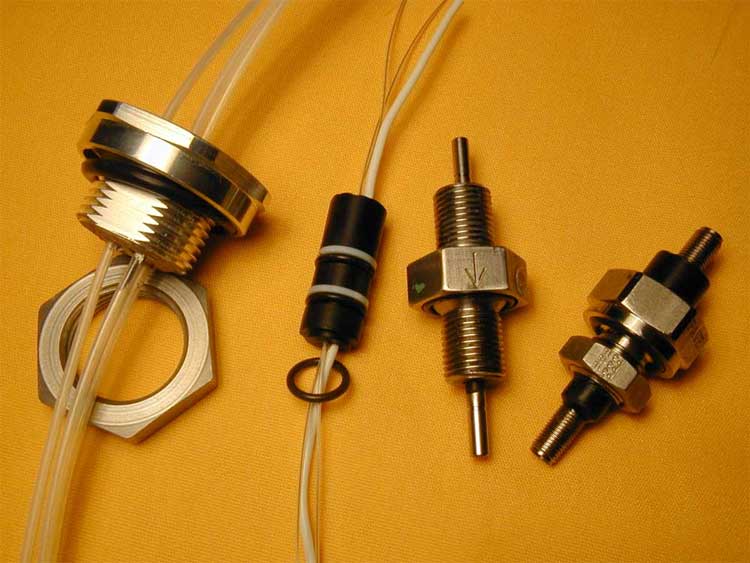Pre Covid-19, many saved diligently for retirement, or perhaps not so diligently and were already worried about having enough to live comfortably. Then along comes a global pandemic, the ensuing market volatility and a Moody’s downgrade, adding ginormous stress to those within six years or less of retirement.
The key to riding this out is not to panic: take a deep breath, understand your options, consider them carefully and then make an action plan under the guidance of a certified financial planner.
Step 1: Re-look at your investment strategy
If you are invested in a default life-stage model, your retirement savings will automatically have switched from aggressive portfolios to more conservative portfolios as you approach normal retirement age. This reduces your exposure to riskier asset classes (like equities/shares and listed property), so that when markets go through the kind of turbulence we’ve experienced in February and March, your retirement savings are less vulnerable to significant loss.
Conservative portfolios are not completely immune from adverse market movements, but they are better protected than the portfolios of younger members, whose portfolios need to be more aggressively invested over a longer period of time.
If you created your own investment strategy – whether independently or with a certified financial planner – you may be invested in portfolios that have a much higher allocation to riskier asset classes, and your retirement savings may be more exposed right now. If this is the case, consult a certified financial planner to evaluate your investment strategy and determine whether immediate corrections are required.
Most importantly, do not try to time the market, because no one is capable of doing so when markets are (arguably) acting more unpredictably than ever before. Any panic-induced investment decisions may have actually put you in a worse position now than you were at the end of March 2020.
Step 2: Change your focus
If you are on the verge of retirement, your mind-set should shift from the accumulation of retirement savings (saving phase) to decumulation (spending or income-generation phase).
The focus now should be on how you will draw your income in retirement – assuming you have sufficient savings to retire on – and how sustainable that income will be for the rest of your life. The Covid curveball made what is always a difficult decision far trickier. But what hasn’t changed is that this decision can ultimately only be made by you, based on your personal circumstances.
Step 3: Weigh up the options
When I say that we’ve never seen market conditions like this, it’s no understatement: it’s a largely unpredictable jungle out there right now, much like every facet of life in these extraordinary times. This is why it’s more important than ever before to fully understand the pros and cons of the different post retirement products.
Life annuity
With this product, your income never decreases, regardless of what happens to investment markets or how long you (and possibly your spouse) live. Your income can increase annually, but this depends on the type of life annuity you elect. For example, a level annuity means that your income never increases, whereas an inflation-linked annuity means your annual increase is linked to the inflation rate.
South African bonds have been hammered by Covid-19, along with Moody’s downgrading the South African economy to “junk” and the two recent interest rate cuts, which have resulted in bond yields actually spiking. Higher bond yields directly impact life annuities rates (for the better!) by driving up the starting income of the annuity.E
That’s the good news for life annuities. The bad is that some types of life annuities, such as with-profits annuities, generally have a low to moderate investment in shares, therefore future earnings will come under pressure.
The conclusion here is that, under current market conditions, purchasing a life annuity that is providing a relative higher starting income may offset some of the losses in your retirement savings.
In fact, if you were invested in a conservative investment portfolio and elected a life annuity at retirement, you would have been better off at the end of April 2020 than you were at the start of the year – despite your retirement savings having decreased over this period. However, a life annuity will not make you completely immune to economic downturns – you still need to manage your expenses carefully.
Living annuity
This product allows retirees to remain invested in their investment portfolios while drawing down a percentage of their savings as retirement income. While it’s not recommended you draw more than 6{e93887a69cdd95d753f466db084bbc3aa0067124675315461d28d68a72842cc2}, sticking to 4{e93887a69cdd95d753f466db084bbc3aa0067124675315461d28d68a72842cc2} (known as the Rule of 300) will ensure your retirement savings last a lot longer.
Living annuities give you the option to change your drawdown once a year and sometimes, when times are tough, more often. For example, to help retirees through the current crisis, National Treasury has put forward an amendment that would allow for a significant increase in drawdown rates until 31 August 2020 – between 0.5{e93887a69cdd95d753f466db084bbc3aa0067124675315461d28d68a72842cc2} and 20{e93887a69cdd95d753f466db084bbc3aa0067124675315461d28d68a72842cc2}.
On the flipside, a living annuity does make you more vulnerable to market fluctuations. While you may have watched in horror as your savings dwindled in the first three months of 2020, April would have (hopefully) brought a smile to your face.
Hybrid Annuity
A unique offering is a hybrid annuity. Instead of having a separate living annuity and a life annuity, a hybrid annuity is an all-in-one package: a living annuity where one of the available investment portfolios is a unitised with-profits annuity.
Essentially, this option gives you the best of both worlds and is worth considering if you’d like some income stability and the flexibility to increase your drawdown and/or potentially increase your savings (or recover lost savings) by changing investment strategies in response to market conditions.
As I stressed initially, deciding what to do with your hard-earned retirement savings is a tough choice, especially when the world is as labile as it is at the moment. This is why it’s crucial to get good understanding of your retirement options, and why I would encourage all those within retirement age to utilise the retirement benefits counselling that all funds must provide to retiring members at no cost, as well as consult an independent, certified financial advisor.
* Duane Naicker is Head of Sygnia Umbrella Retirement Funds. Views expressed are his own.




More Stories
Must-Know Business News to Stay Ahead in 2024
The Latest Business News Shaping the Global Market
How Business News Is Influencing Economic Growth